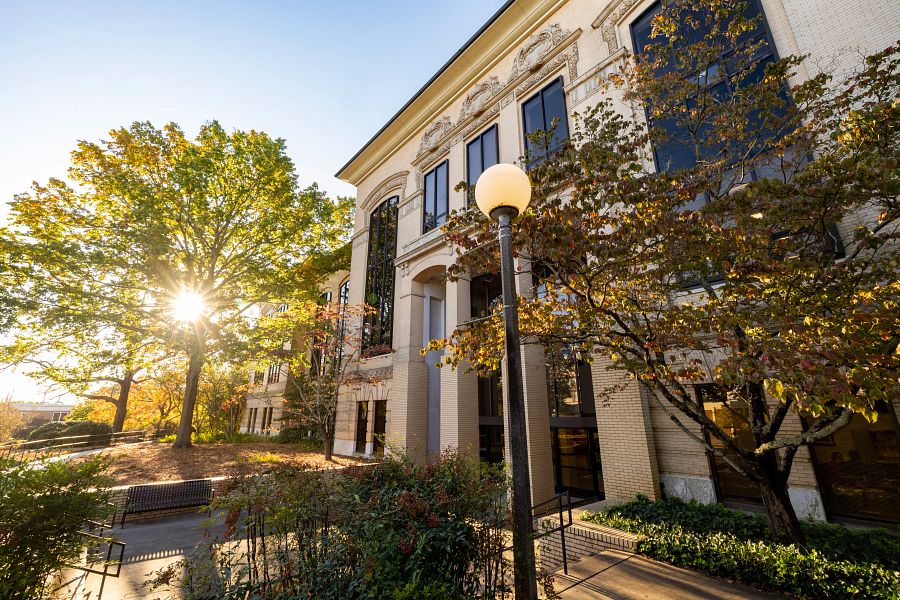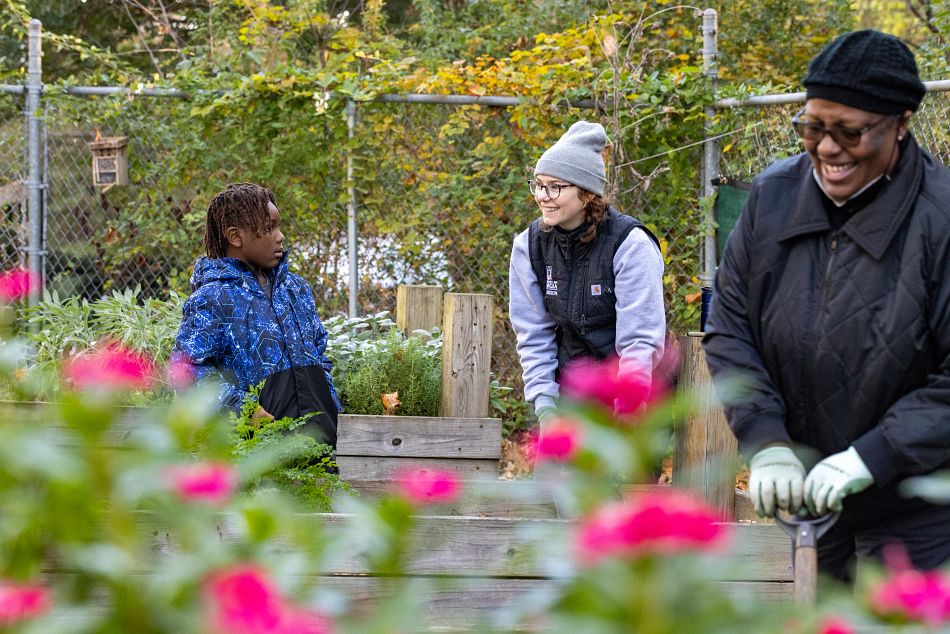By Dan Rahn
University of Georgia
"Muscadines grow so vigorously every season the vines can get very congested if they go unpruned," said UGA Cooperative Extension horticulturist Gerard Krewer.
Late January and February, Krewer said, are prime time for muscadine pruning.
"You can prune muscadines anytime they're dormant," he said. "But in late winter the vines are less likely to be cold-damaged after you prune."
Muscadines, Krewer said, produce fruit on the shoots that develop this year from the basal buds of last year's shoots.
Knowing that about muscadines tells you how to prune your vines. The part of the vine that grew after those first two to four buds of last year is unneeded growth. Cut that off.
How to do it
Start at the tip of each shoot, Krewer said, and follow it back to the first raised bump on the stem, the "collar" that marks where last year's growth began. That should be anywhere from 6 inches to 5 feet from the tip.When you come to the "collar" where the 2006 growth begins, back up to the second to fourth bud and make your pruning cut. The vines may "bleed," or ooze sap, Krewer said, but that won't harm the plants.
Besides keeping your vines from getting unmanageably tangled over the years, pruning will also assure you of more reliable crops of grapes.
"If you let muscadines go unpruned," Krewer said, "they tend to produce too heavily, which leads into alternate bearing seasons. That becomes a feast-or-famine kind of production."
A jungle already?
If you've let your muscadines go unpruned long enough that they're a tangled mess already, consider cutting them back to the original arm running down the wire.If you do that, though, you won't have grapes next year, since next year's grapes will grow only on shoots that emerge from last year's buds.
"Unless you're willing to forgo a crop next year," Krewer said, "I would suggest pruning one side back to the original cane and the other side back to the bottom two to four buds of 2006 growth."
"Then next winter you can do the reverse," he said, "severely pruning the other side. In that way, you'll have grapes each year and still be able to clean up your vines by next winter."
On overgrown arbors, where you have seven or eight major branches, "you might want to take out one or two large arms each year," he said. "That way, you can completely renovate the arbor in a few years."
Each year, he said, "be sure to cut the previous season's growth back to two to four buds to keep the arbor from becoming overgrown again."
(Dan Rahn is a news editor with the University of Georgia College of Agricultural and Environmental Sciences.)






